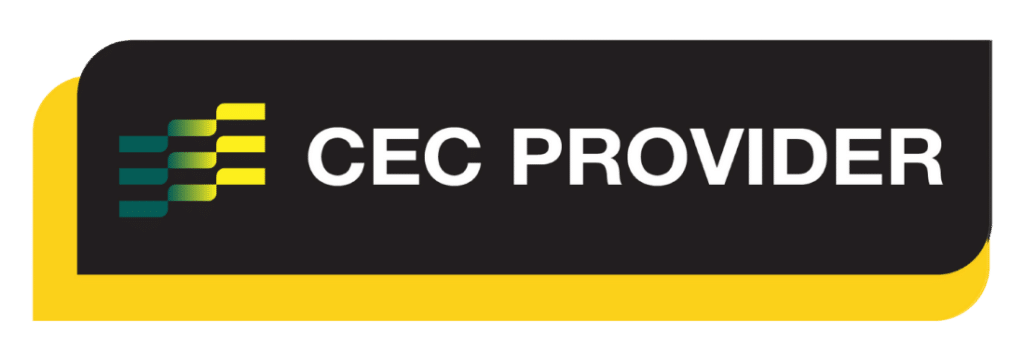Reformer Repertoire
Short Box Series:
Round Back
Alternate Names
Round, C-Curve, Half Roll Back
Derived From
Classical Reformer: Short Box Series: Round Back
Primary Element
Strength
Why for Primary?
To strengthen and develop control in the abdominal muscles transversus abdominis to create pelvis and torso stability and rectus adominis to create strength in torso flexion.
Secondary Element
Stability
Why for Secondary?
To strengthen and develop control in the abdominal muscles transversus abdominis to create pelvis and torso stability.
Tertiary Element
N/A
Why Tertiary?
N/A
Repetitions
8-10
Apparatus Setup
Suggested springs
- Number system: All springs
- Colour system: All springs
- Resistance: heavy in order that the carriage does not move
Foot bar at the lowest position or horizontal position. If a foot strap is available ensure it is secure and accessible to use (usually in the gap between the foot bar and the end of the Reformer frame.
Pilates box in the ‘short box’ position with the long edge against the shoulder blocks – strap facing towards the headrest.
Plane of Motion
Sagittal
Targeted Muscles
To connect with, activate and develop the pelvis stabilisation muscles and create the lumbar C-Curve the focus is on the deep abdominal muscles transversus abdominis.
To create the thoracic C-Curve shape the rectus abdominis or ‘six-pack’ muscles are the focus.
Warnings
This exercise may be unsuitable for clients where abdominal engagement is contraindicated or where torso flexion is contraindicated.
Execution
Sitting on the front edge of the short box facing the foot bar with the feet flexed underneath the foot strap and legs wide to ensure tension on the foot strap. Interlace the fingers behind the head, elbows wide (note the video depicts a genie arm position) and sitting tall from the ischial tuberosities (sit bones) creating a capital ‘I’ shape with the spine (be careful not to overextend the spine).
Exhale to engage the transversus abdominis and roll back of the sit bones, creating a capital ‘C’curve shape with the lumbar spine. Continue to roll back engaging the rectus abdominis and creating a C-Curve shape with the thoracic spine. Inhale to hold the position, exhale to maintain thoracic and lumbar C-Curves and using the abdominal muscles draw the shoulders over the knees. Inhale to sit tall from the sit bones creating a capital ‘I’ shape with the spine and returning to the starting position.
Observations
Do a body scan of the client taking note of the following points
- Pelvis
- Are the hip bones even horizontally or is the client leaning to one side?
- Is the client sitting on their ischial tuberosities (sit bones) and keeping their spine straight (rib cage down at the front, avoiding any over extension?)
- Can the client maintain the thoracic and pelvic C-Curves throughout?
- Legs
- Are the quadriceps engaged and assisting with the lift up and against the foot strap?
- Feet
- Are the feet flexed against the foot strap with the heels pressing into the foot plate?
Learning Style Technique Cues
Auditory – word associations that connect mind and body
- Engage the transverse abdominis before moving, anchoring the sitting bones down
- Say the client’s name when you’re about to interact with them
- Bias the pelvis towards a slight posterior tilt in order that you can achieve neutral whilst moving and avoid extending the spine
Visual
- Imagine the spine creating a C-Curve or shape in the lumbar or low back, then thoracic or mid back, before holding that deep C-curve to move forward, before coming back to a capital ‘I’ shape at the top
- You may demonstrate a part of the movement as a visual representation for the client to see
Kinaesthetic
- Feel yourself roll back off the sitting bones, creating a C-Curve or shape in the lumbar spine
- Take out any body roll movement to come back to the start position. Instead, try to engage the abdominals to maintain both thoracic and lumbar C-Curves and lift back up to the starting position
Modifications and Variations
Regress the exercise by
- Placing the hands onto the opposite shoulders or onto the rib cage to feel the movement
- Reducing the repetitions and/or pace
- Working on Warm Up: Pelvic Tilt and Warm Up: Pelvic Curl
- Starting with a mobility focus and working on Short Box Series: Side to Side
Progress the exercise by
- Increasing the repetitions and/or pace
- Increasing the range of motion
- Sitting on a less stable surface, for example, a foam roller, to create instability
- Progress into Short Box Series: Flat Back
Series and Transitions
This exercise is part of the Short Box series which includes a range of other exercises in the fundamental and progressive repertoire. The Short Box series can also be found in the Barrel repertoire.
Transition to Short Box Series: Round Back by lifting the torso back to a tall seated position and maintaining the tension on the foot strap.
The traditional order of the Short Box series is
- Round Back
- Flat Back
- Tilt
- Twist
- Climb-A-Tree
Inspired Academy follows the order to create mobility before building strength.
Fundamental repertoire
- Tilt
- Round Back
- Flat Back
Progressive repertoire
- Twist
- Gone Fishing (a Twist variation)
Climb-A-Tree is in the intermediate repertoire and not included in this course.

